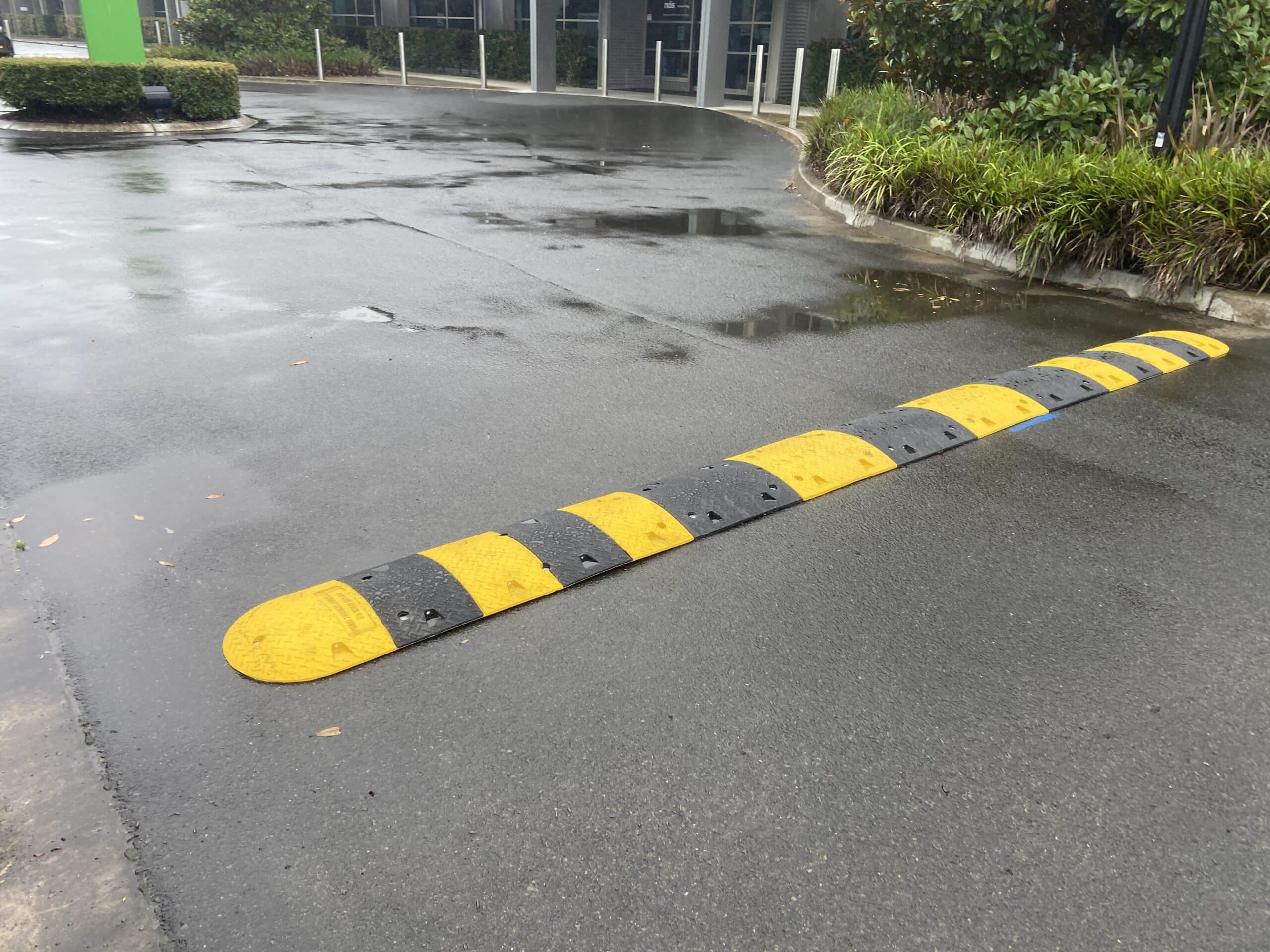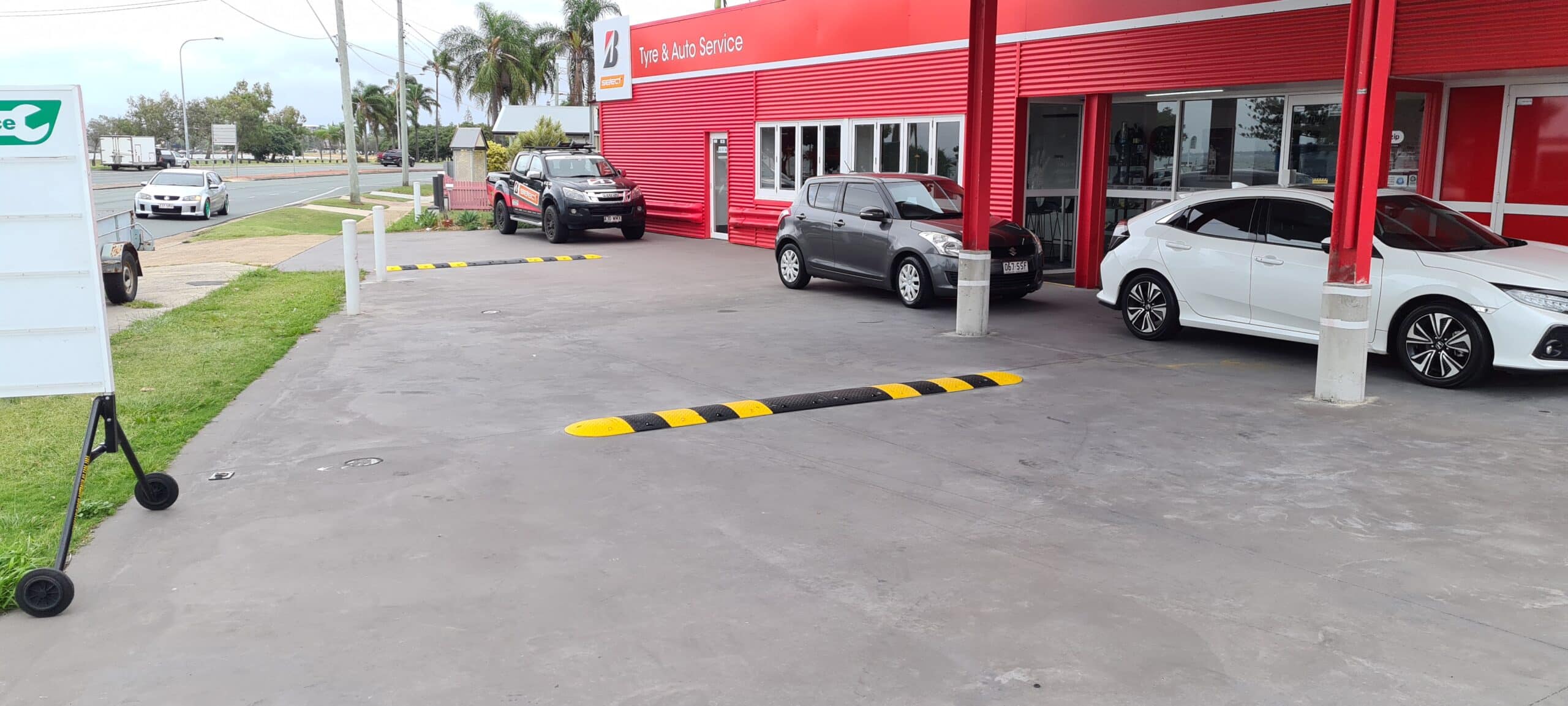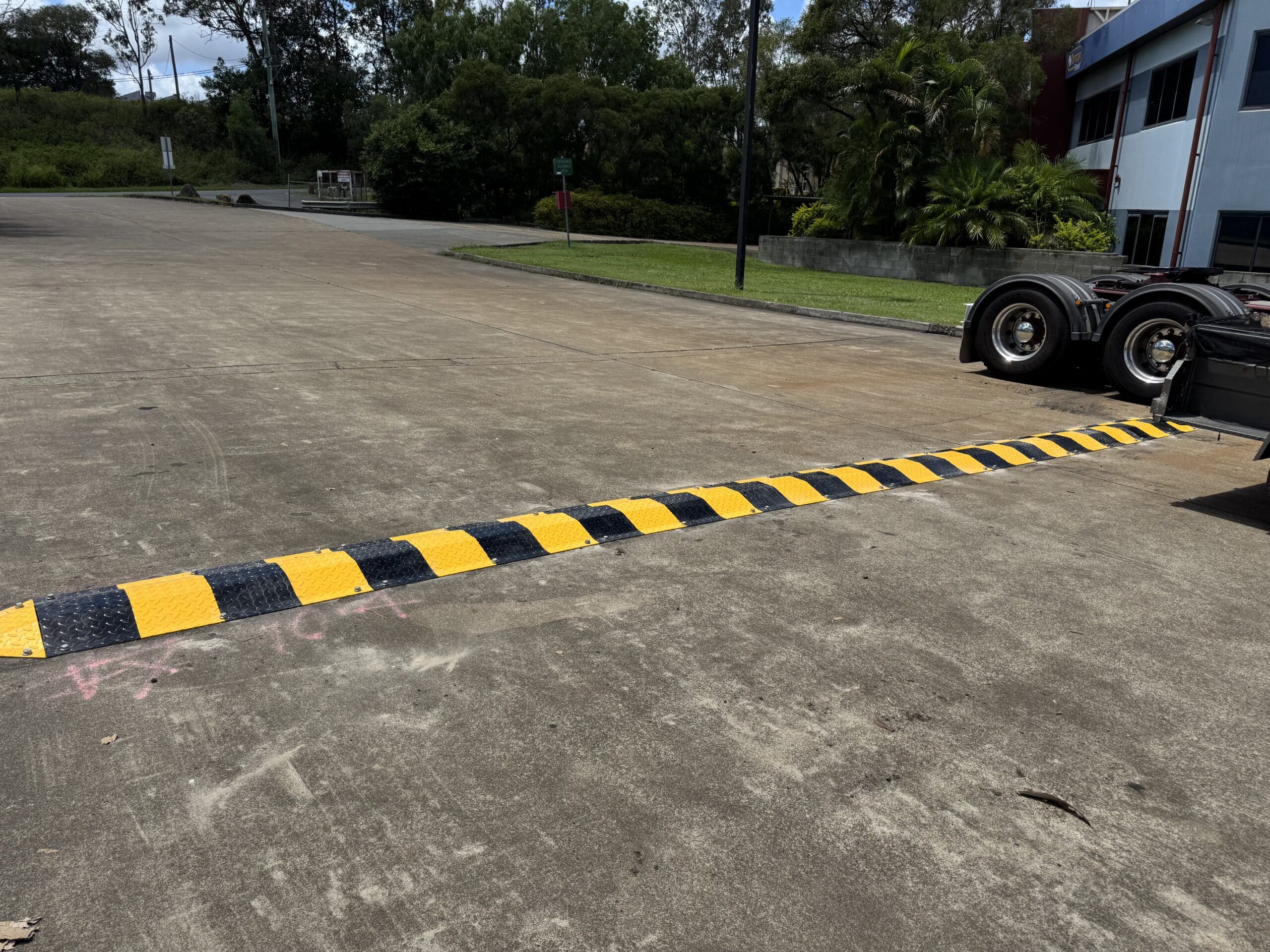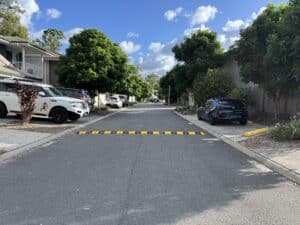

Car parks are supposed to be the safest parts of a residential complex. Speeds are low, visibility is clear, and everyone’s familiar with the layout, right?
Not anymore.
With rideshare drivers, courier vans, tradespeople, short-term tenants, and residents all navigating the same confined space, strata car parks have become hotspots for avoidable accidents. And the cost? It adds up fast, sometimes into the tens of thousands.
Let’s break down the real-world financial impacts of common incidents in car parks and explain how affordable traffic control measures could have stopped them from happening in the first place.

Because they never just involve one issue. A single incident can trigger a chain reaction of costs:
Even something as minor as a reversing mishap can end up costing a body corporate thousands once you factor in repairs, excess payments, and increased premiums.
The cost to the body corporate may include insurance excesses, disputes over liability, and in some cases, compensation. Even one or two of these incidents a year can push the out-of-pocket figure over $5,000.
We’ve seen car park bollard repairs run well over $9,000, and most of it could have been avoided with a few well-placed rumble bars, wheel stops or clearer directional signage.
It doesn’t stop there. Legal costs, insurance hikes, and damage to the complex’s reputation can linger for years after the incident.

Even when you’re not cutting a cheque for damages, other costs quietly creep in:
These aren’t just budget issues, they’re quality-of-life issues for everyone involved in managing the property.
In almost every case we’ve seen, the answer is yes. Preventative safety measures are often under $1,500 and significantly reduce the risk of major incidents.
Think about it:
Compare that to a $47,000 injury claim or a $9,000 repair — it’s a no-brainer.
You don’t need a full redesign of your car park. You just need to focus on the most common risk points:
These changes aren’t just cost-effective, they’re peace of mind for everyone using the space.
Most body corporates only act after something has gone wrong. By then, it’s already potentially cost thousands — financially, emotionally, and sometimes legally.
You can avoid that with a proactive approach. Our team offers free car park safety inspections, giving you expert insight into the small upgrades that make the biggest difference.
Want to find out if your car park is a risk waiting to happen?
Book a free inspection with our team and we’ll show you exactly where improvements can be made — and how affordable they actually are.
Let’s make your car park safer before it becomes your next $10,000 problem.



For 10 years, our focus has been on one thing: to provide one style of product and to do it well.
Our wheel stops, speed humps and rumble bars meet Australian Standards, don’t fade, and we’ve never needed to replace one.

For 10 years, our focus has been on one thing: to provide one style of product and to do it well.
Our wheel stops, speed humps and rumble bars meet Australian Standards, don’t fade, and we’ve never needed to replace one.